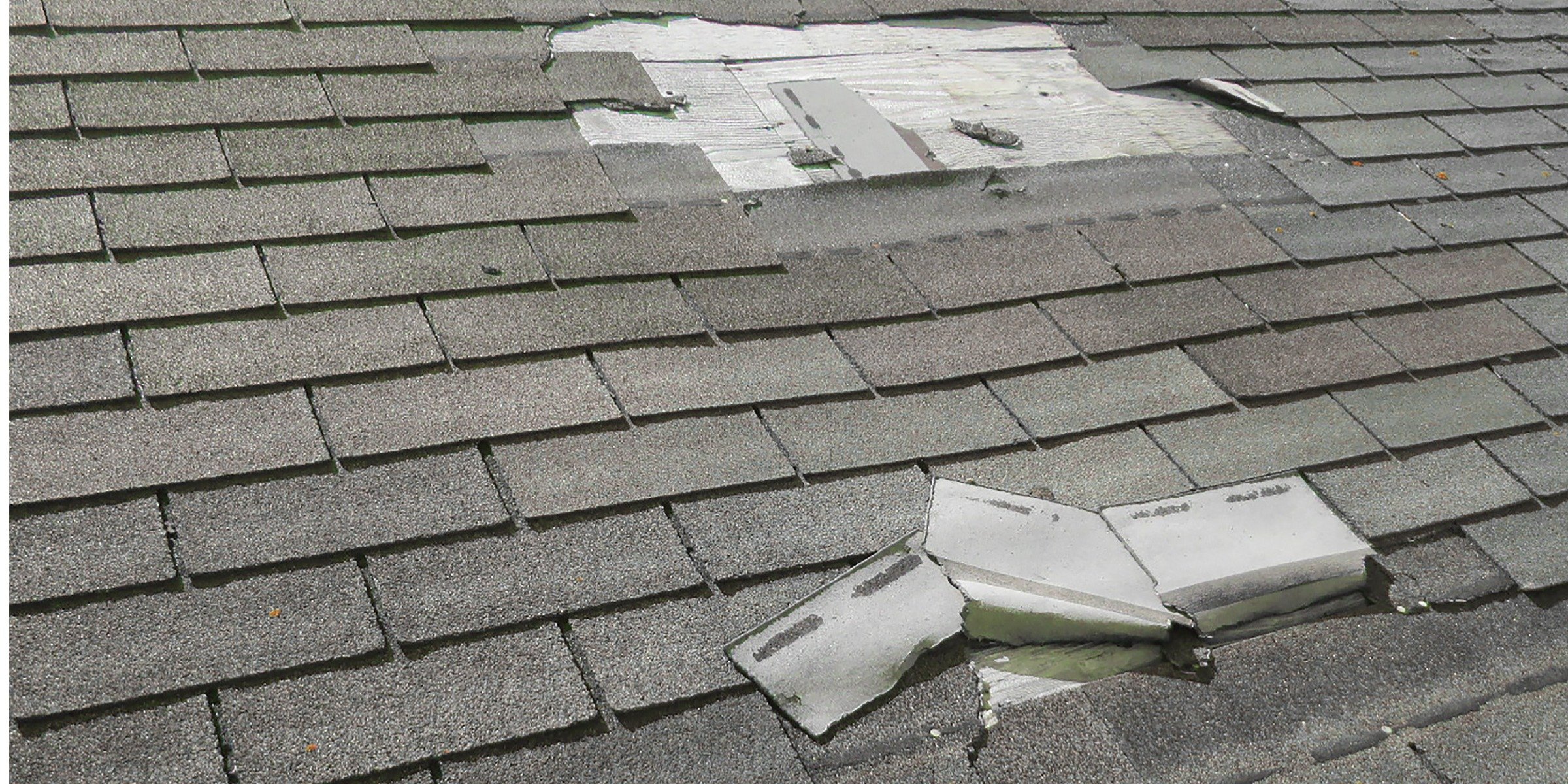
Before we get started, if for any reason you’re unaware of what roofing services are all about, let’s get you acquainted with them. Roofing is the type of work that refers to the evaluation, installation, maintenance, and repair services for roofs in different types of buildings and houses.
As you can see, this is a very common service that anyone could find themselves needing for various reasons, which is why it is usually taken care of by most home insurance companies around the country. However, most people don’t even know their insurance covers these services.
In case you need to make a home insurance claim for roof damage, the first thing to do is to, as safely as possible, assess, document, and make your own repair estimate for all the damage caused. This is for your insurance company and it’s important that you do this without having cleaned or temporarily repaired anything yourself.
Once this is done, the following steps depend on the magnitude of your roof damage and if it is covered by your homeowner’s insurance or not (more on that later on). By now you should have the following:
- A detailed cause of the damage
- Proof of its cause
- Your policy number at hand
You should call your insurance company as soon as possible to file your roof damage claim. Have them send their team to review the damage and allow them to use your own documentation to save time examining and getting to scheduling a repair quicker. We’re all looking for the same thing here: to get your roof fixed.
As for the types of roof damage that may or may not be covered by your homeowner’s insurance, the most common are:
| Types of roof damage covered by homeowners insurance | Types of roof damage not covered by homeowners insurance |
| Wind and hail damage (Most typical) | Gradual wear and tear and lack of roof maintenance. |
| Fire and lightning damage (Most expensive) | Particular wind or hail exclusions, mostly in states prone to tornadoes and hurricanes. |
| Freezing and water damage. | |
| Falling objects, usually trees. | Natural disasters, such as earthquakes, floodings, cyclones, or more. |
| Smoke, bodily injuries, and property damage. |
Exceptions include the types of roof damage seen in the chart above, or some others like rain, leaks, cosmetic damage, pest damage coming from animals like squirrels, birds, or ants, certain storms, and so on.
You should also keep in mind that some of the types above marked as covered by homeowners insurance might not be covered in your state if it is prone to specific weather conditions, or maybe just by your insurance policy, which is why you may have to review it first and then file the roof damage claim to your insurance company.
At this point, if you live in Gainesville, Florida and you want to make sure that your insurance company covers the damage done to your home, the professionals at Worthmann Roofing can help you out. They are a Gainesville roofing company that knows the ins and outs of the roofing industry and its relationship with insurance specifically in the Alachua County area. If you want to have in-person help, you can find their beautiful office near Gainesville in the High Springs area.
So, let’s summarize: What should you do in case of roof damage? You can use this text as a guide on what you must know and the order of actions to take, like identifying the type of roof damage you suffered, documenting the damages, and calling your insurance company to file your claim.
And remember, your safety goes first!
